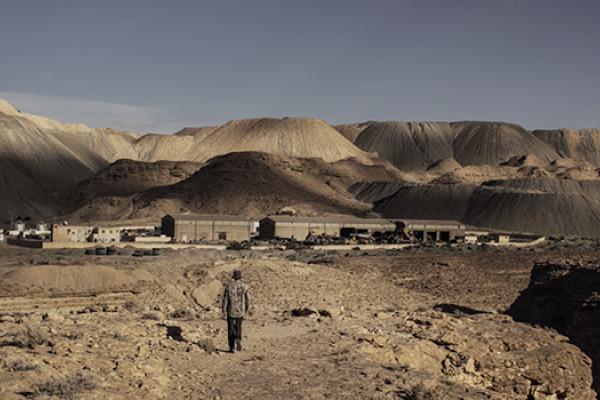For distances up to 1500 km, night trains have by far the lowest climate impact. Customers like them and several operators have the capacity to put them on the tracks. Why then are there so few connections, at a high price and often with old carriages? How can the European network be scaled up? What role can overnight trains play in a new culture of traveling that is in line with the climate emergency?
In this investigative piece, the authors get into a dialogue with night train operators, policy makers, rail experts and advocacy groups to understand existing barriers and possible futures. Everybody seems to love night trains, but creating new dynamics in the complexity of international rail is hard.
It is a story about change and transition: when everything is designed to fly cheap, how do we build a very different system?
Photo credit: Mini cabins in ÖBB's new generation Nightjet. Mark Smith (under Creative Commons Attribution-Share Alike 4.0 International license).
The findings of this investigation were presented at the More than Enough workshop on November 21, 2024, in Brussels.





